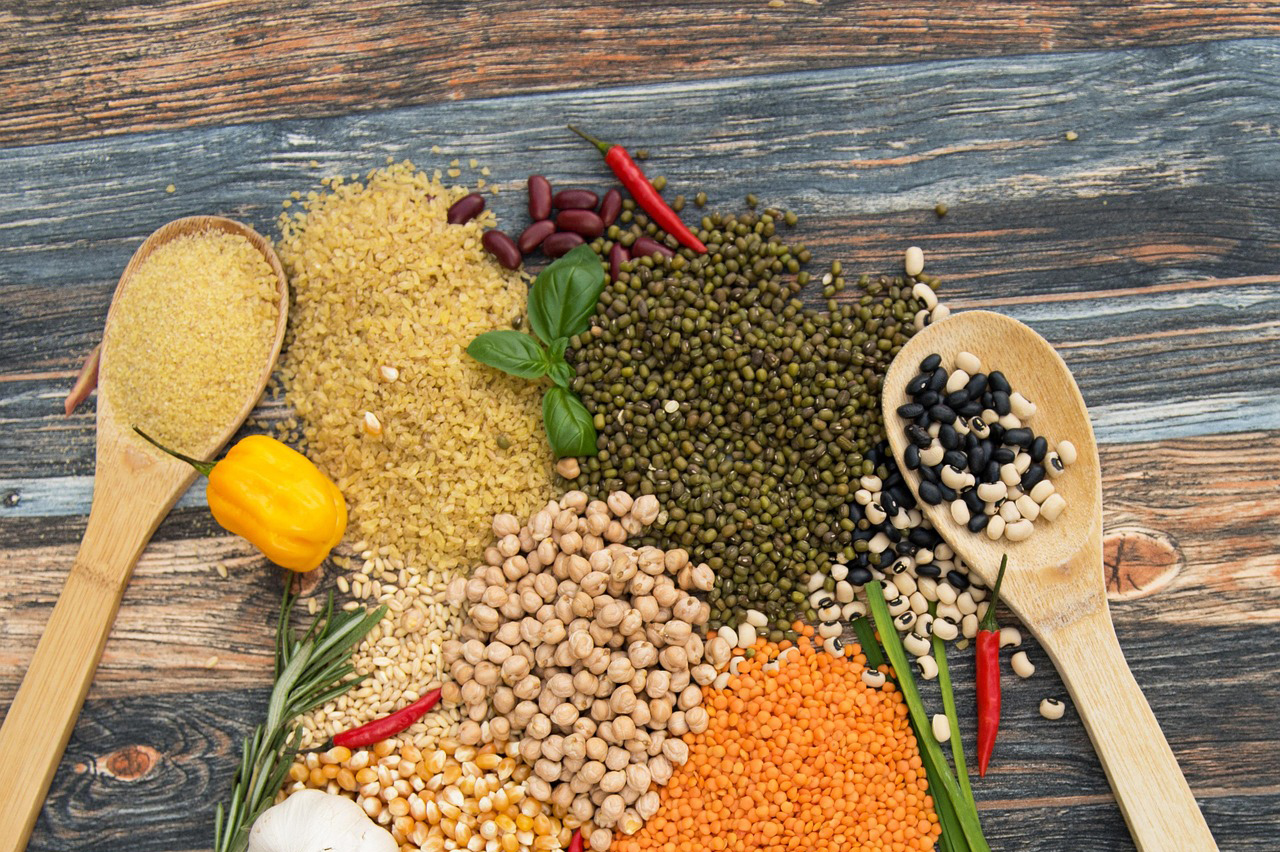
Growing Pulses
This lesson introduces agriculture as a managed system that has environmental impacts, and how farmers employ practices such as growing pulses to minimize these impacts.

This lesson introduces agriculture as a managed system that has environmental impacts, and how farmers employ practices such as growing pulses to minimize these impacts.
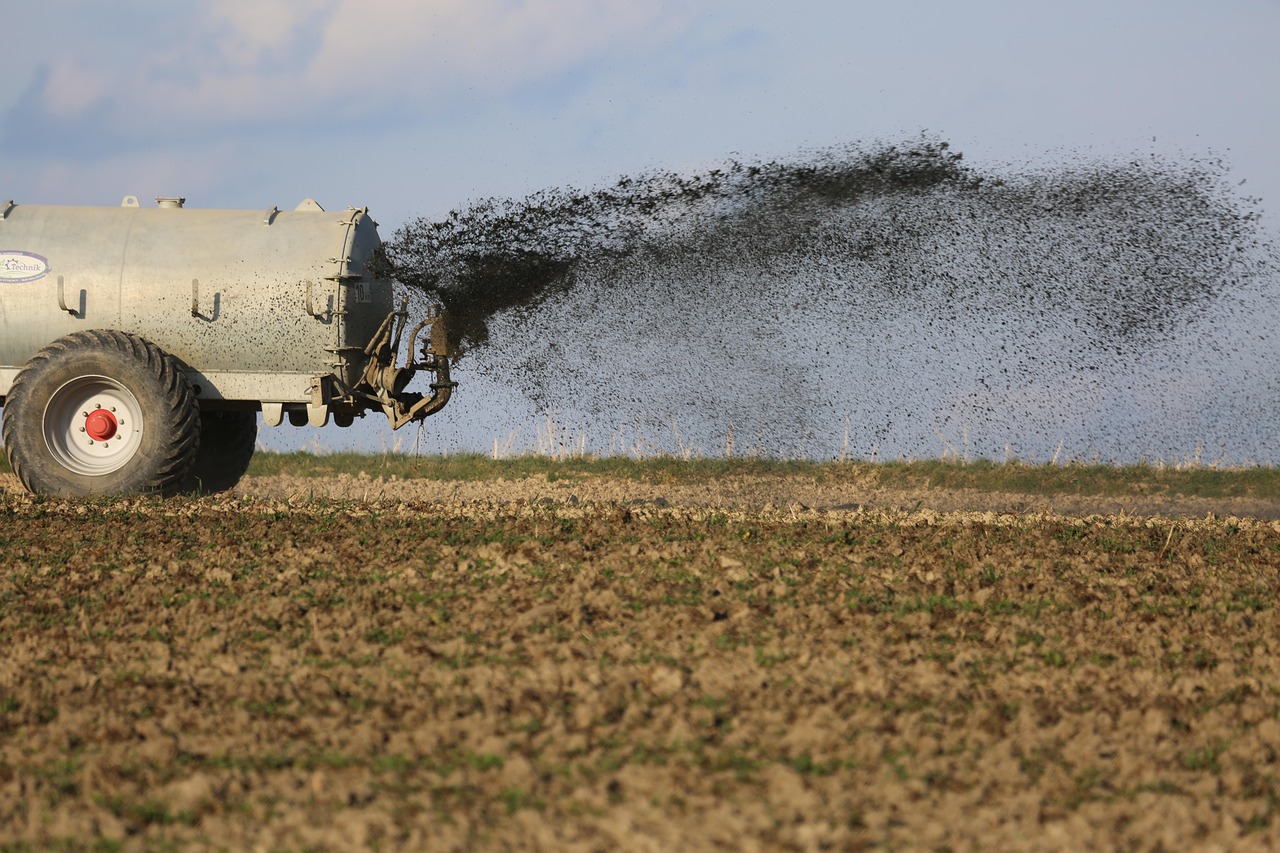
In this lesson students will understand that plants require nutrients in the proper concentrations. Students will discover that plants can be damaged or killed by either too many or too few nutrients.
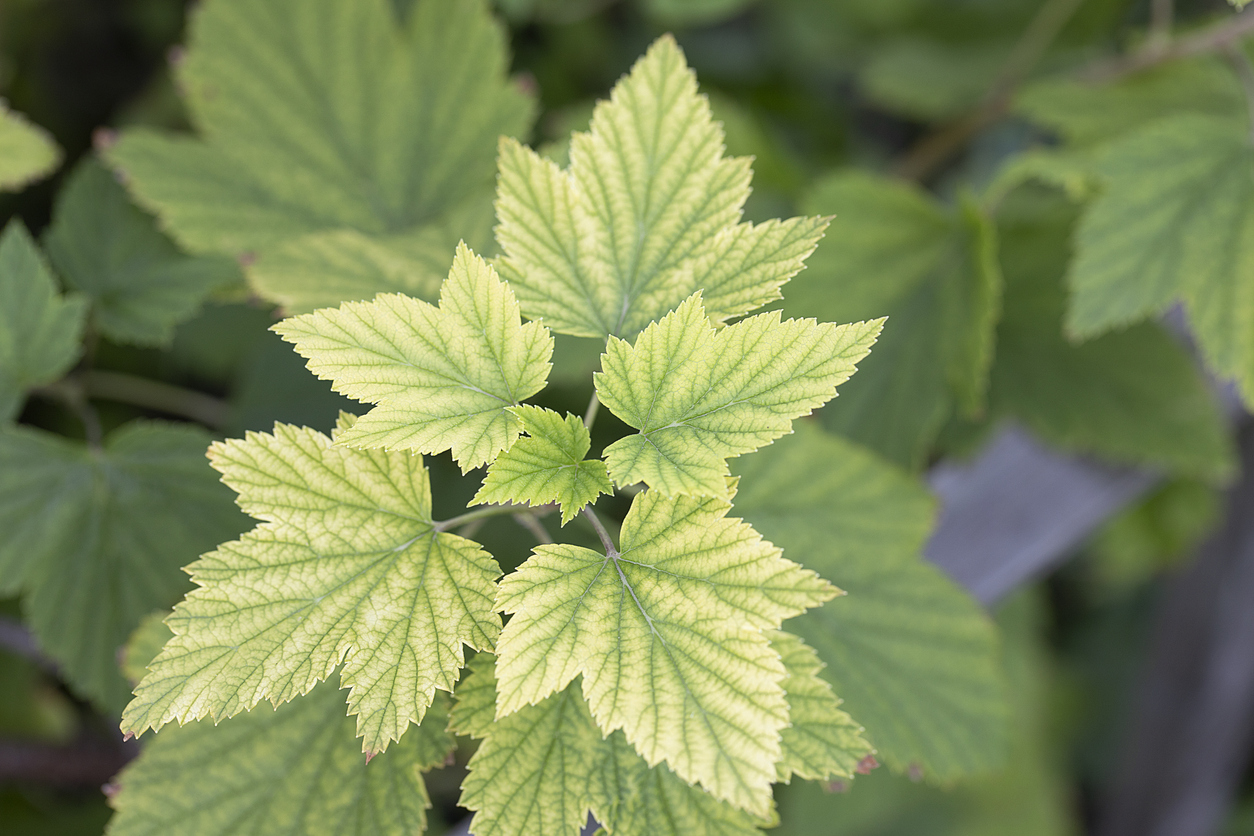
Students discuss the definition of “fertilizer” and relate it to plant nutrition and the need to restore nutrient balance in agricultural soils. They discuss how people and crops can suffer from nutrient deficiencies. Students assume the roles of plant doctors and diagnose nutrient deficiencies in corn plants.
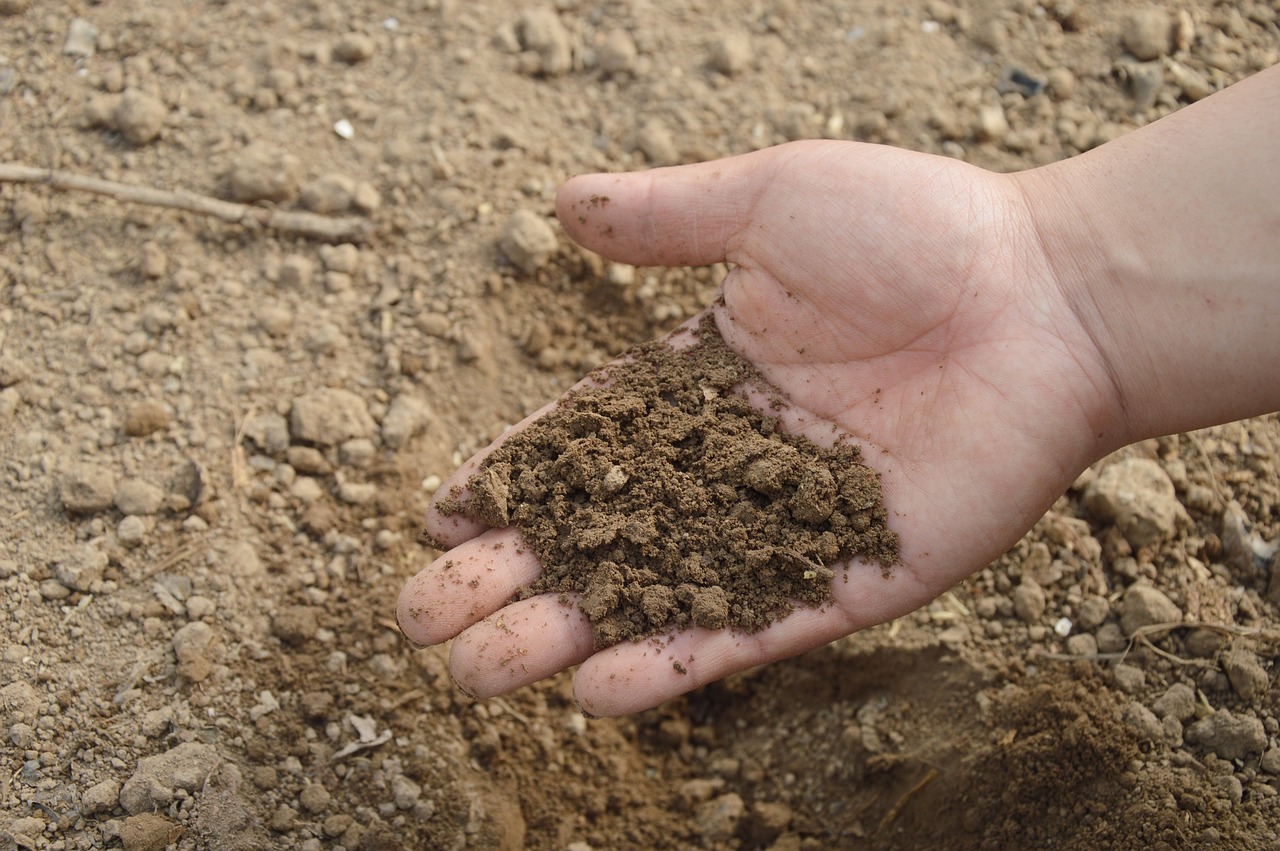
Students examine the components of different soils and recognize how sand, silt, and clay particles affect air space and water absorption.
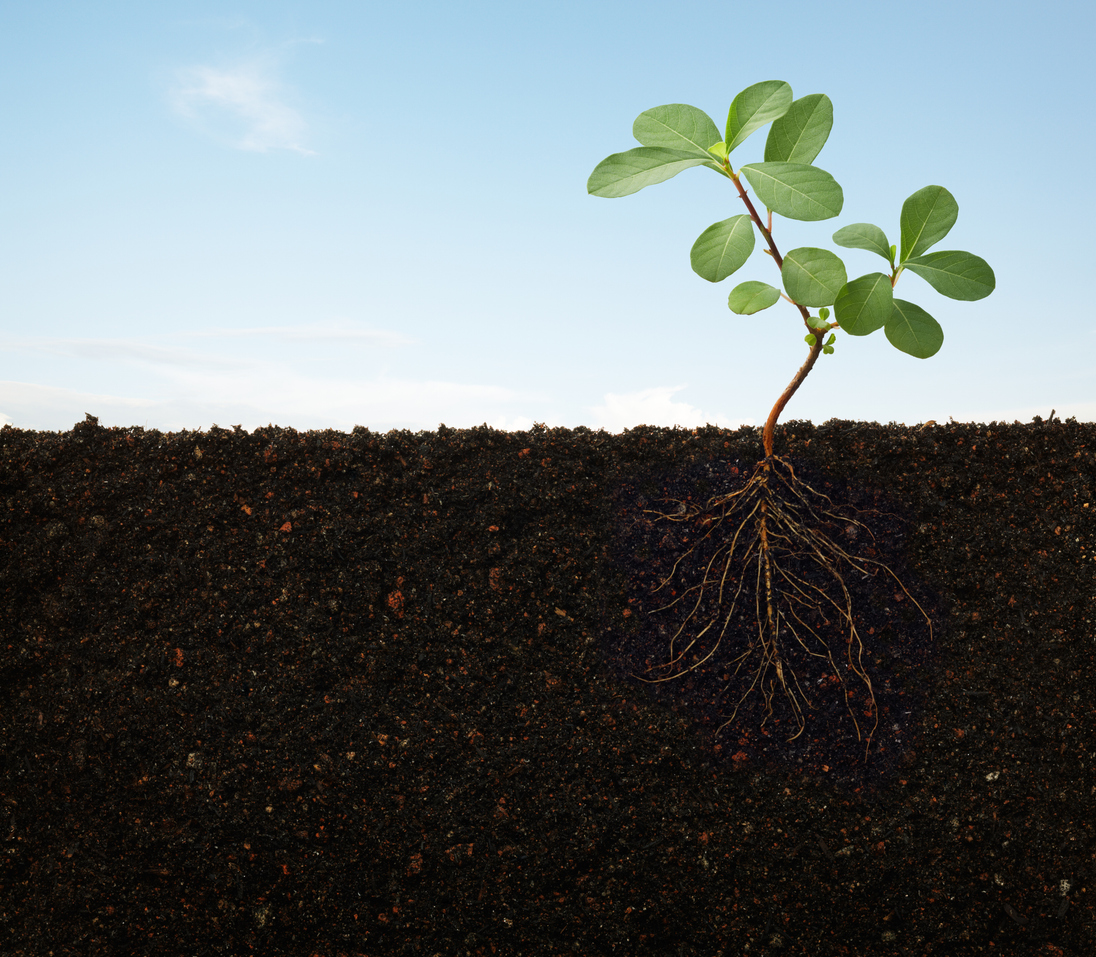
Students will recognize that plants remove nutrients from the soil, explain the roles of diffusion and active transport in moving nutrients from the soil to the plant, and relate the root and vascular systems of the plant to the human circulatory system.
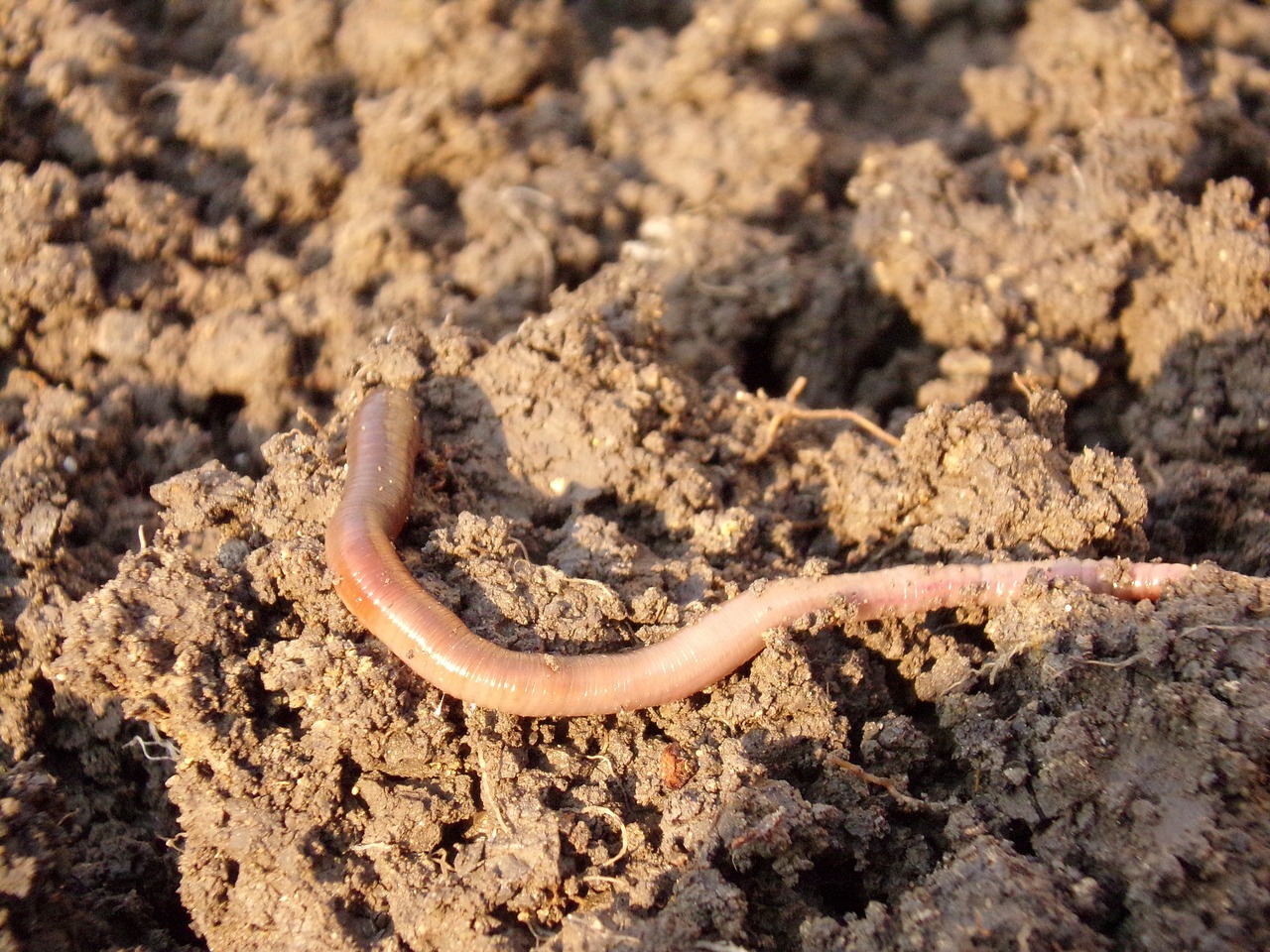
In this lesson, students will create mini habitats to observe earthworm behavior and learn about the important role that earthworms play in decomposition and plant growth.
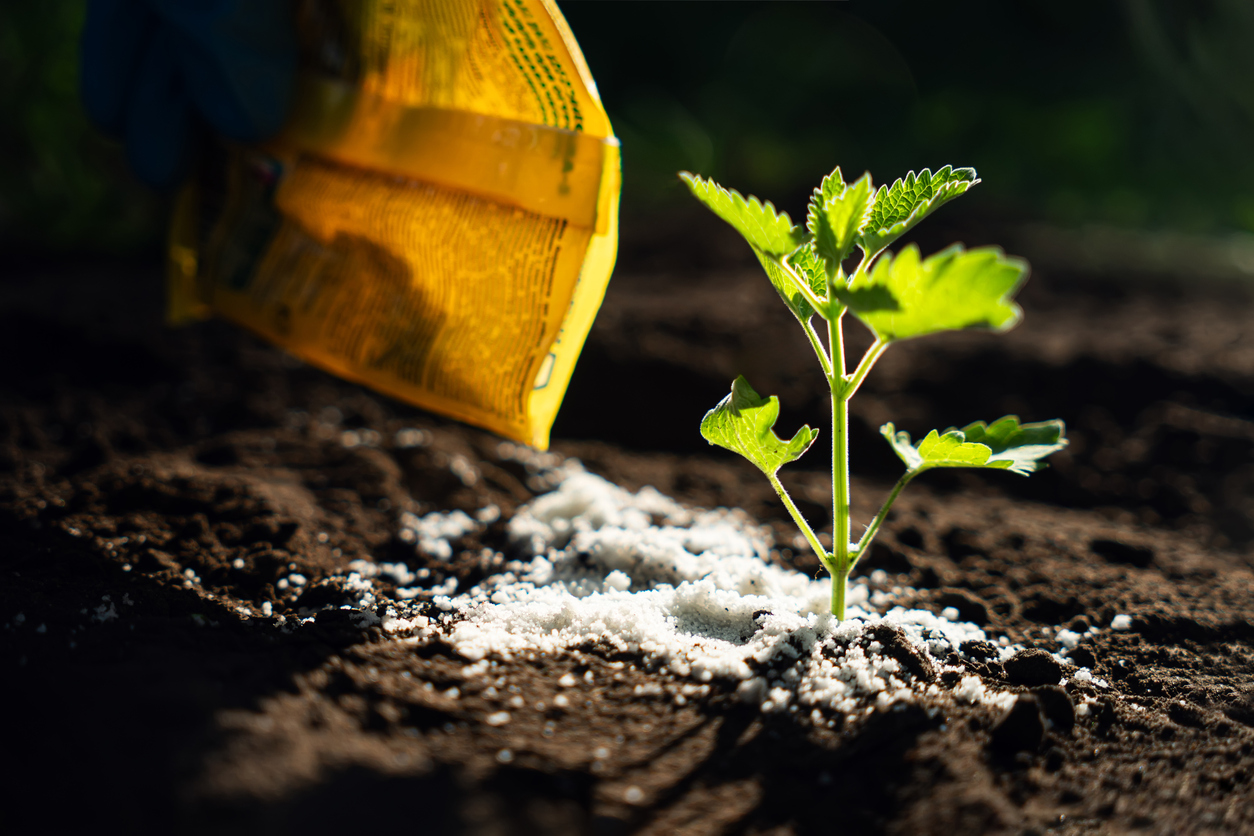
In this lesson, students will learn how to read a fertilizer label, understand the components of fertilizers, and explore factors for choosing the appropriate fertilizer for a given situation. Students will use their knowledge and conduct research on one type of soil supplement to design a persuasive product advertisement.
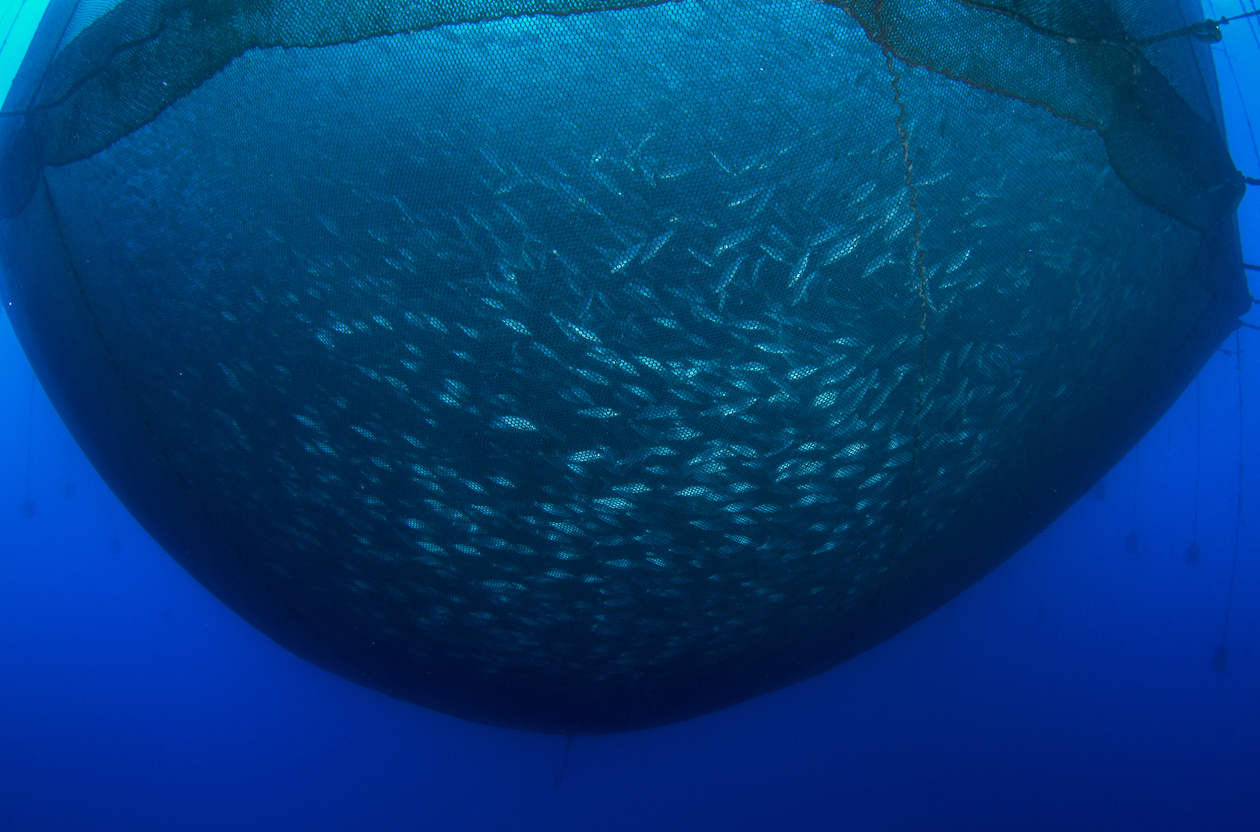
Students discover the sources of various fish and seafood, compare wild-caught and farm-raised aquaculture systems, and use a simulation to learn how overfishing can damage the ocean ecosystem.
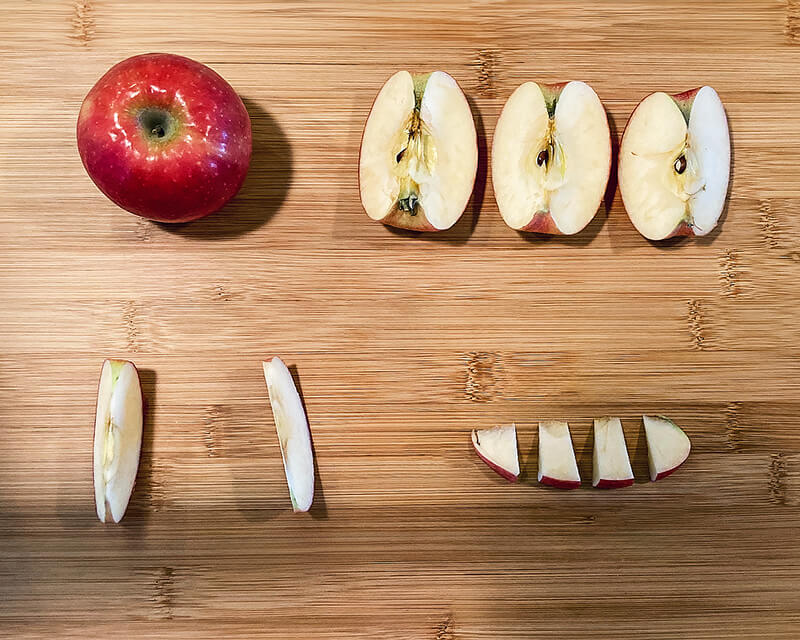
Students use an apple to represent the Earth and discover how our land resources are used. Through critical thinking, students discover why topsoil is a nonrenewable resource, the importance of soil to our food supply, and factors that impact topsoil distribution in different regions.
Students will explore various ways that have been used to preserve food over the ages. They will also learn about techniques used to process food today and hypothesize about other methods scientists might use to process food safely in the future. Finally, students will conduct a simulation of high pressure treatment and discover how it destroys bacteria without crushing the food.
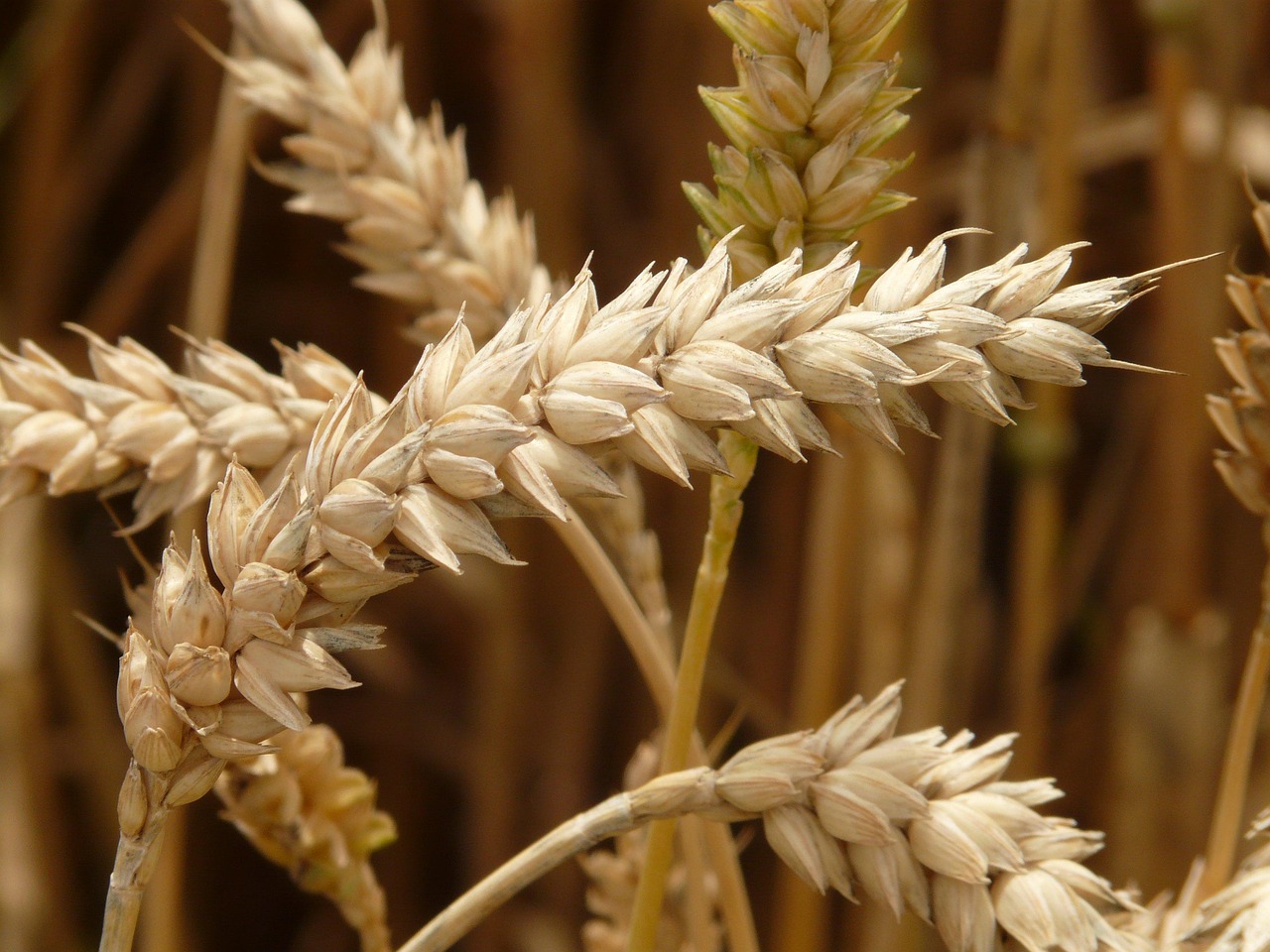
Students will learn the physical components and nutritional composition of a grain, understand the function of the protein gluten in the structure of bread products, and investigate how mechanical and chemical digestion begins with salivary amylase in the mouth.
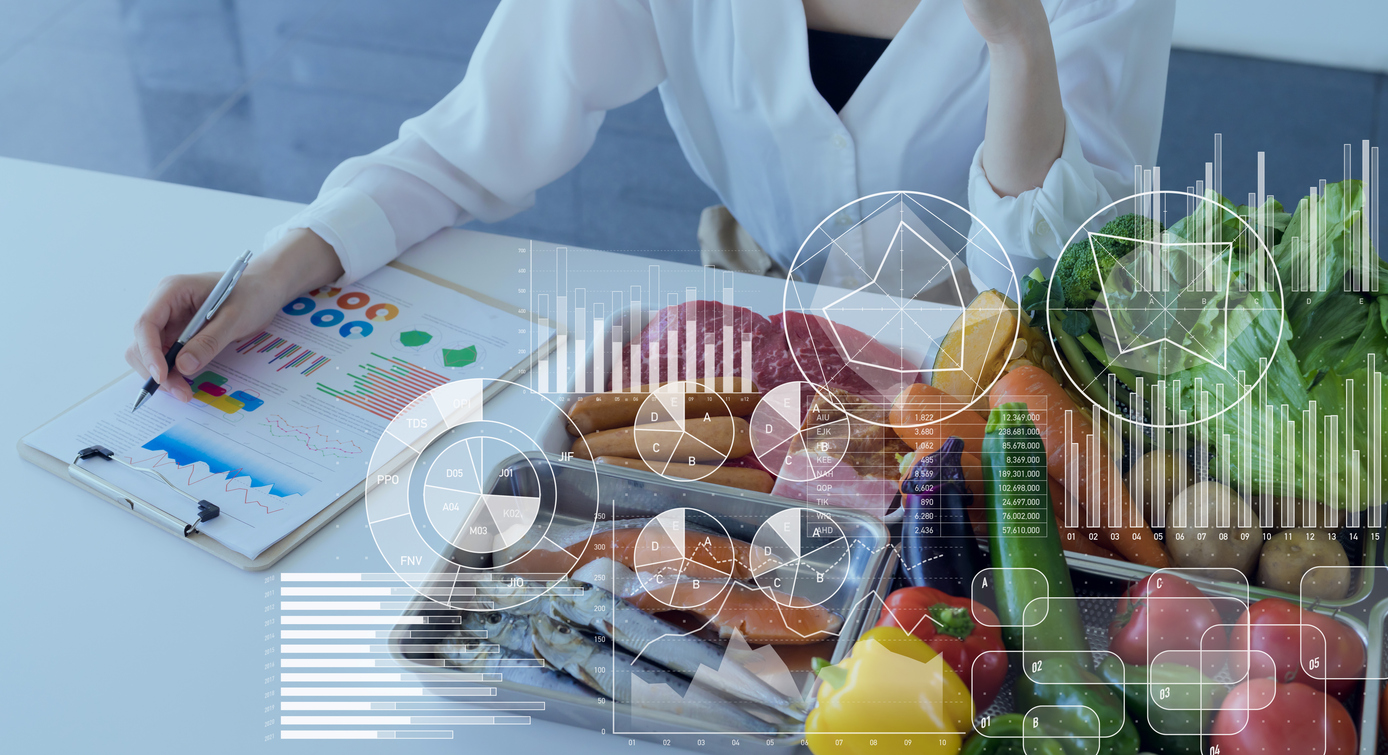
In this lesson, students will model the responsibilities of a food scientist by working in product development teams to create a new food product. Tasks will involve market analysis, economics, food chemistry and safety, graphic design, and communication.